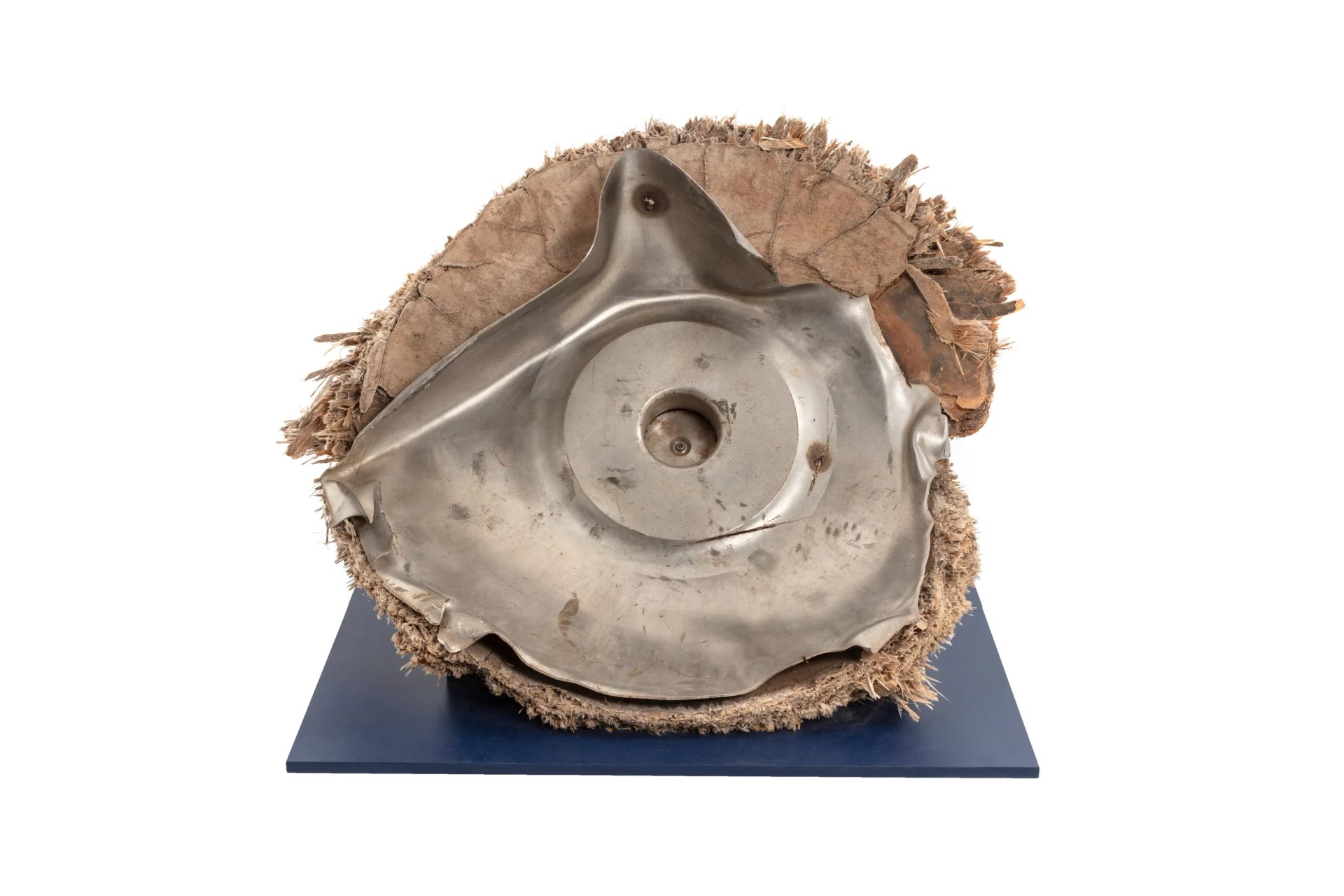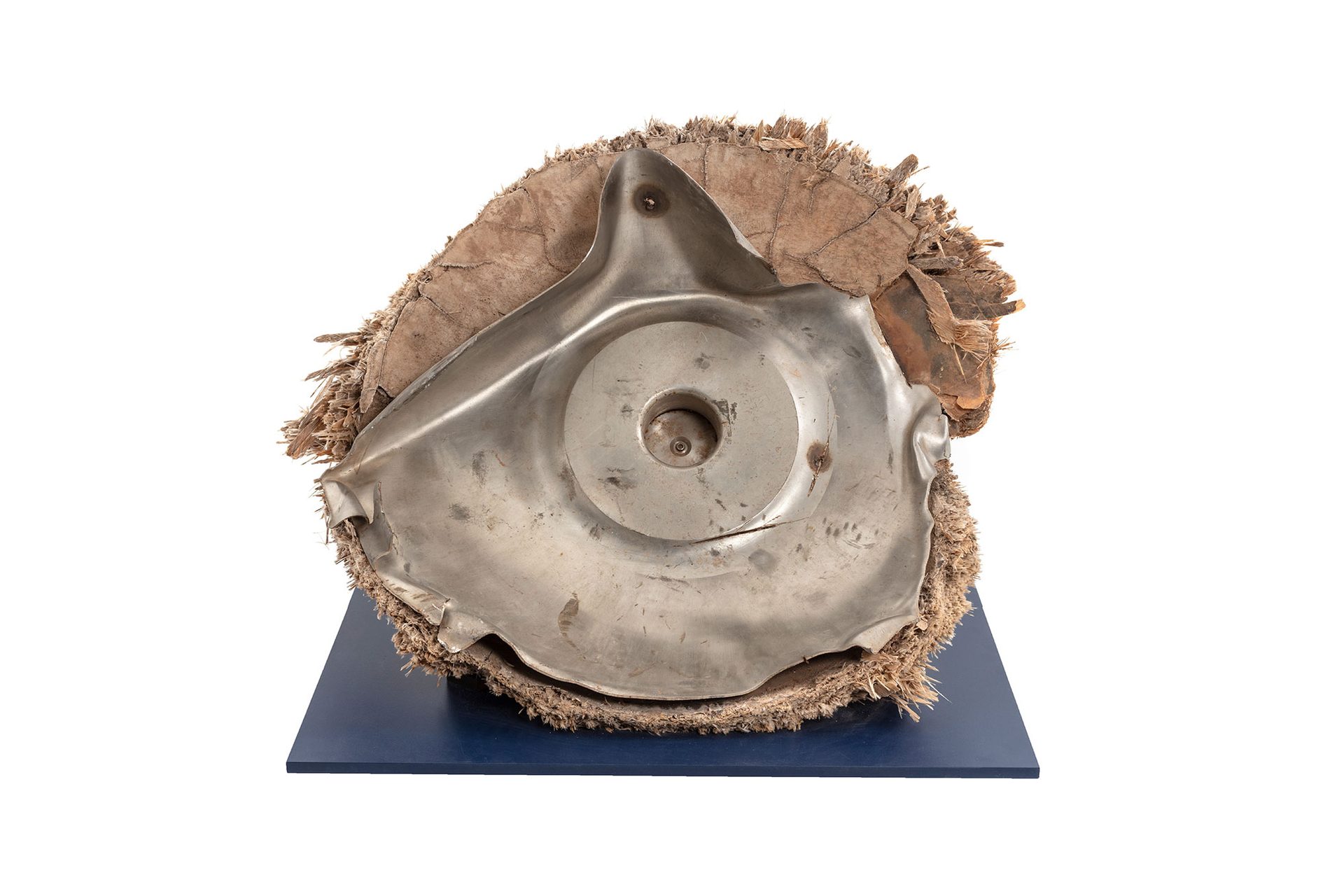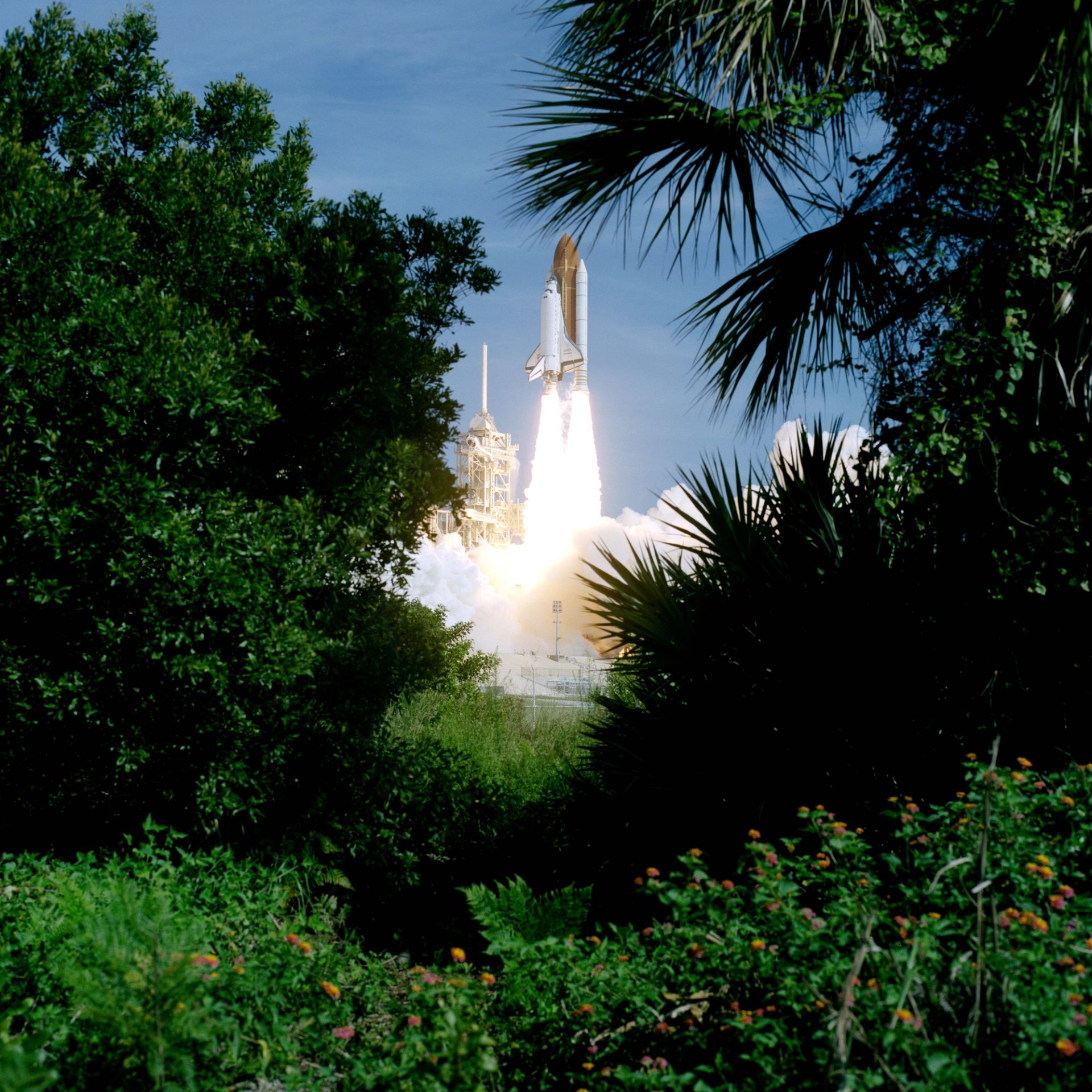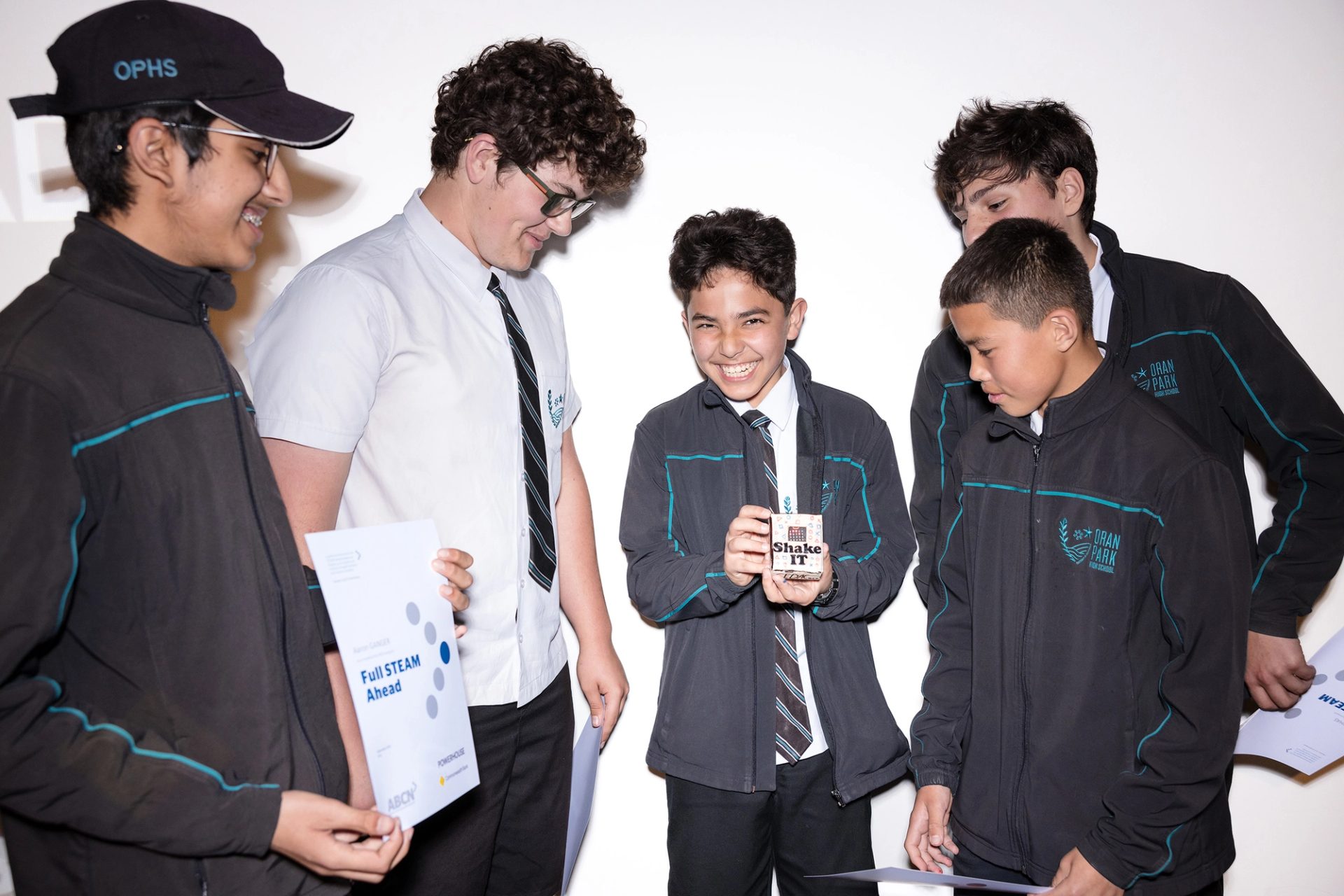Space Archaeology

‘It's really important that we keep in mind that space isn't just a resource for us to use as much as we like. We actually have to think of what rights space has and what we're leaving for future generations.’
Space archaeologist Associate Professor Alice Gorman discusses the accumulation of satellites and debris in Earth’s orbit and our responsibilities to space. Gorman is a leader in the field of space archaeology and author of the award-winning book Dr Space Junk vs the Universe: Archaeology and the Future.
Film
Space archaeologists are interested in the same things that archaeologists who study ancient civilisations are. We want to look at how humans use the material world to create their societies and what makes those societies unique or similar over long timespans.
This is about adaptation, but also how humans create their identity through these objects. In 1969, humans set foot on another celestial body for the first time when the Apollo 11 astronauts went to the Moon. And I think what changed after that was a sort of vision of an enlarged Earth. We are not confined to the surface of Earth anymore. It's something that satisfies a very human need to feel part of something larger and bigger than ourselves.
In 1957, the first satellite Sputnik 1 was launched. A lot of these satellites are actually orbiting through the very delicate, tenuous, outermost bits of the Earth's atmosphere, and what happens is the drag created by the atmospheric particles causes them to slow down a little bit, changes their orbit. They'll get pulled back into Earth's atmosphere. When they get pulled back into the atmosphere, what happens is they burn up because they're entering at high speed, and that friction becomes really, really intense. It increases the temperature.
We currently have about seven and a half thousand satellites in orbit around Earth at the moment. When the mission of a satellite has ended, the resources that are used to track it are often reassigned to other projects. So we rely on a number of international bodies to provide that tracking data so we know where things are. This is called space situational awareness. We need to know where everything is in order that we can predict what the risk of collision might be.
We've put so much space junk into Earth orbit that it's an irreversible change. We'll never be able to return to a pre-1957 condition. It's really important that we keep in mind that space isn't just a resource for us to use as much as we like. We actually have to think of what rights space has and what we're leaving for future generations.
1967 Australia's First Satellite
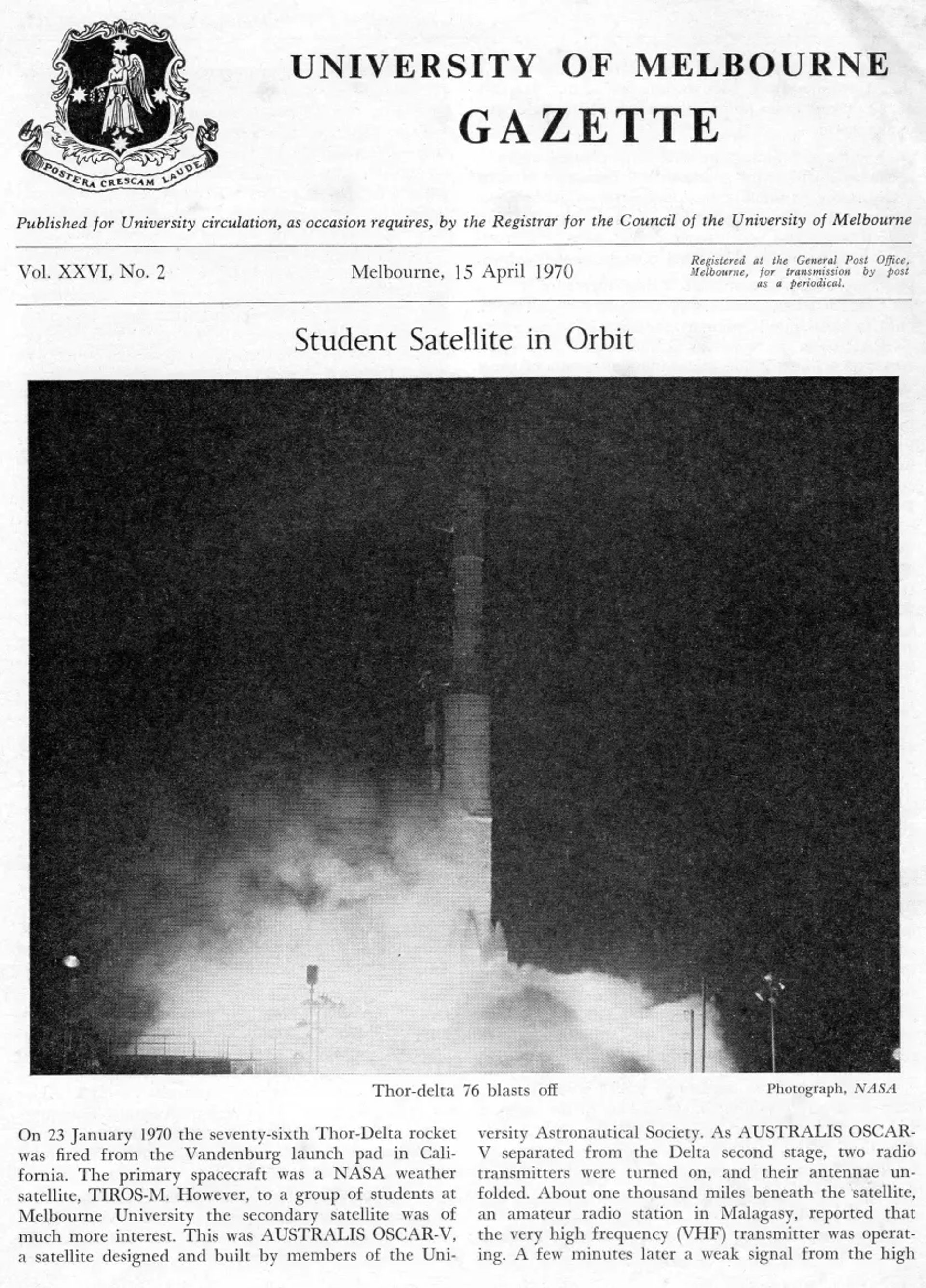
On 29 November 1967, Australia became the third nation to design and launch a satellite into Earth orbit from within its own borders. WRESAT, a joint venture of the Weapons Research Establishment and the University of Adelaide, completed 642 orbits and transmitted scientific information to tracking and research stations around the world. It re-entered Earth’s atmosphere on 10 January 1968, burning up over the Atlantic Ocean.
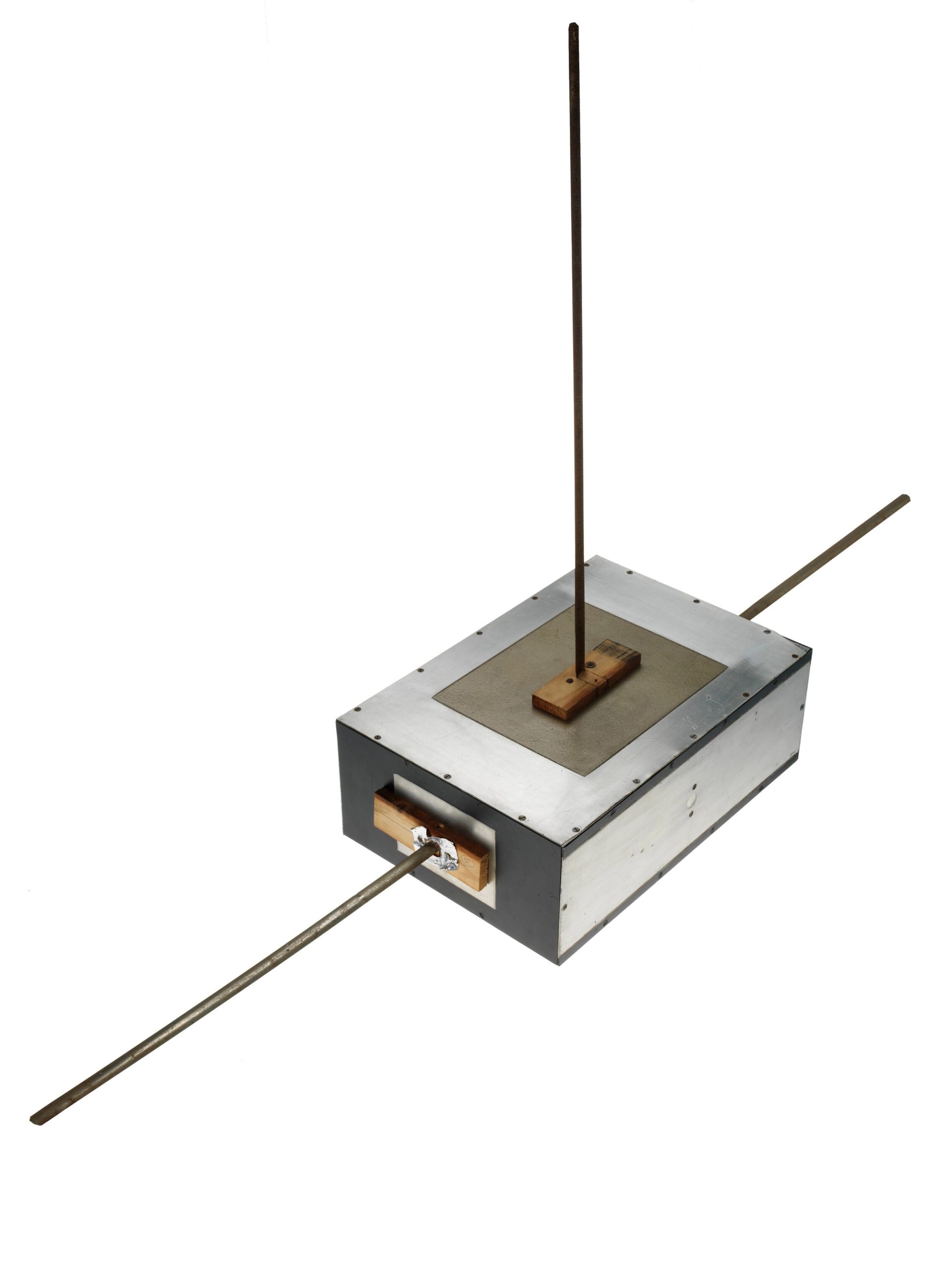
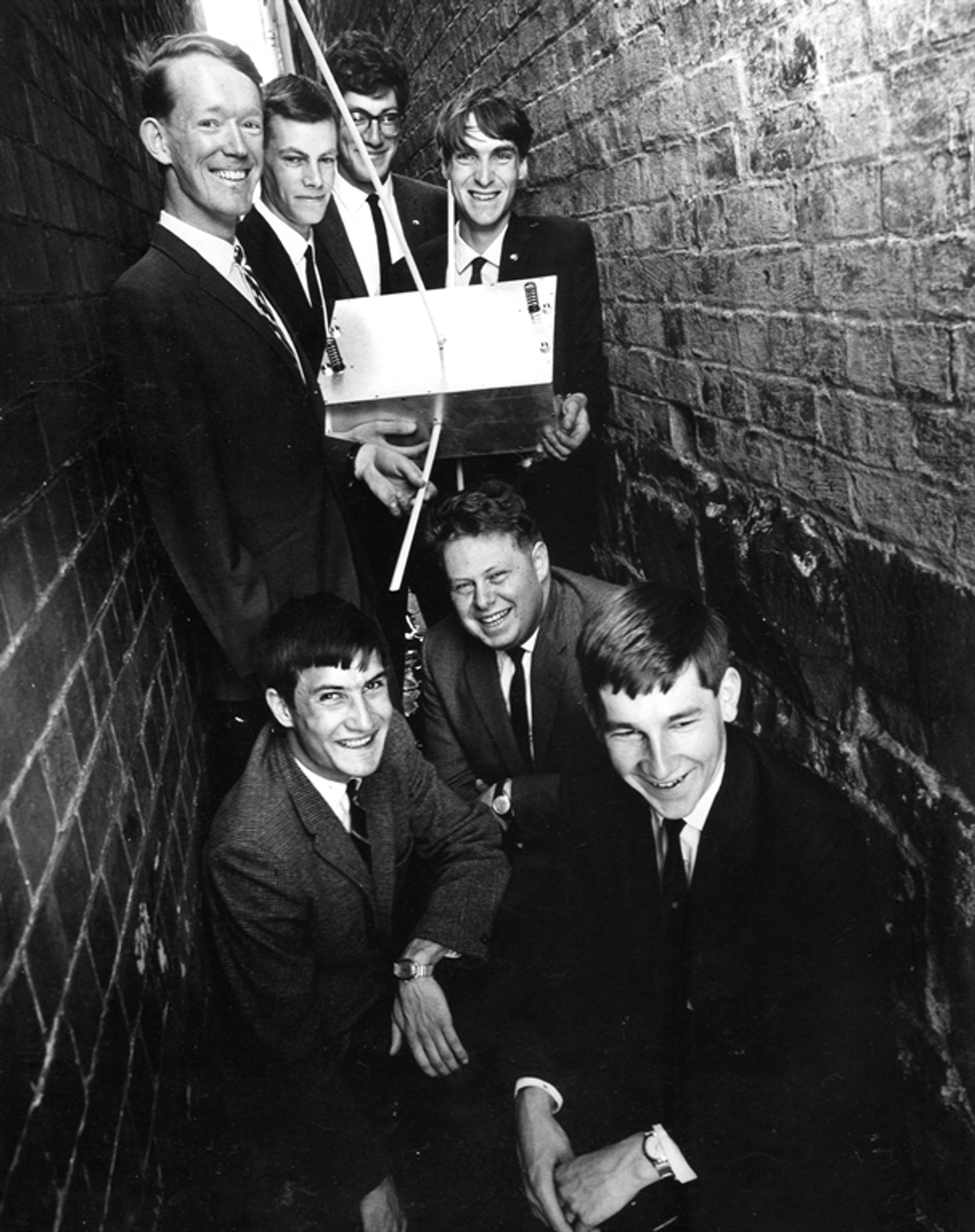
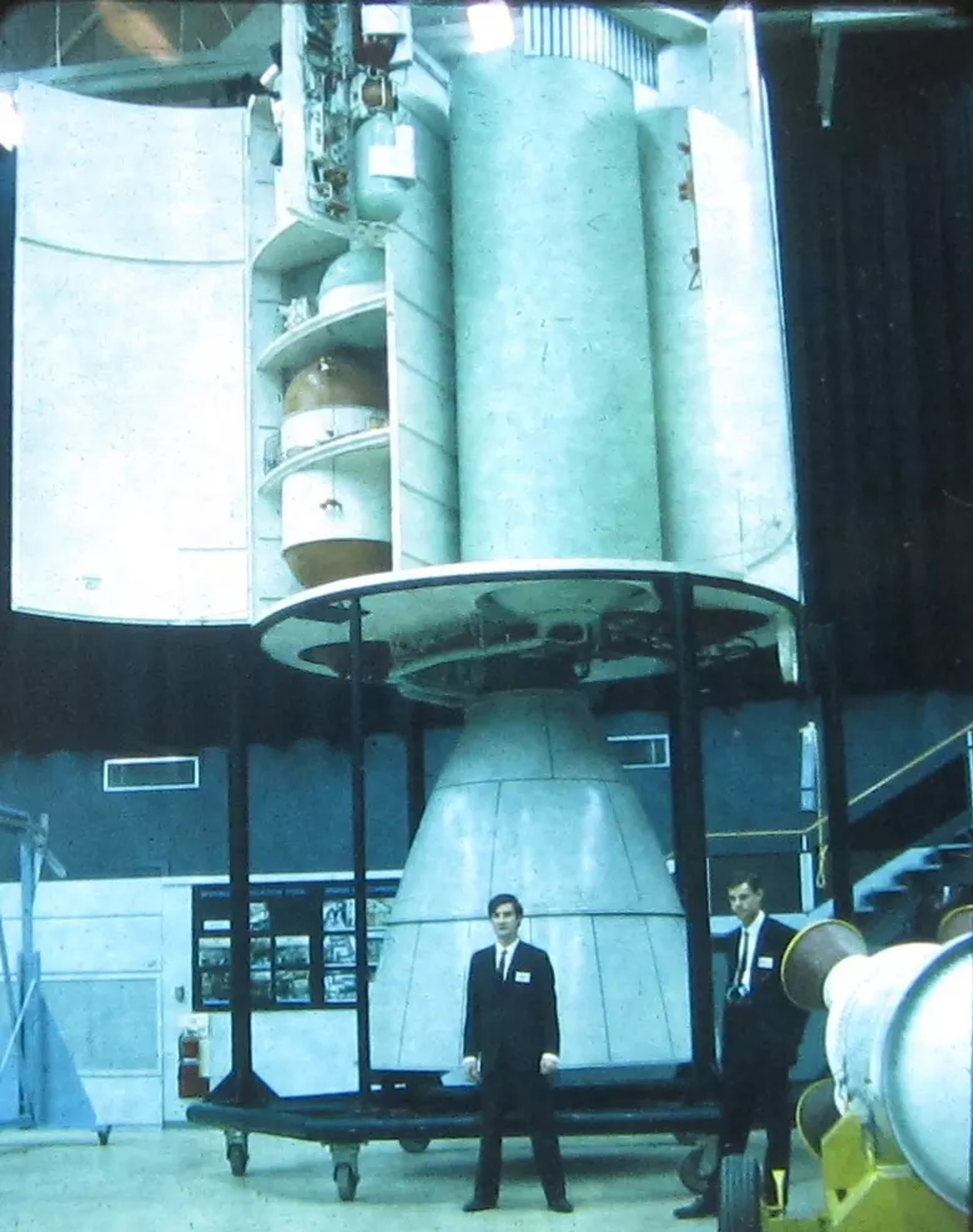
From 1965 to 1967, a group of Melbourne University students designed and built Australia’s first satellite, Australis-OSCAR 5. Due to launch delays Australis-OSCAR 5 was launched into Low Earth Orbit on 23 January 1970, after WRESAT in 1967. Australis-OSCAR 5 became the first amateur satellite to be remotely controlled.
Alice Gorman
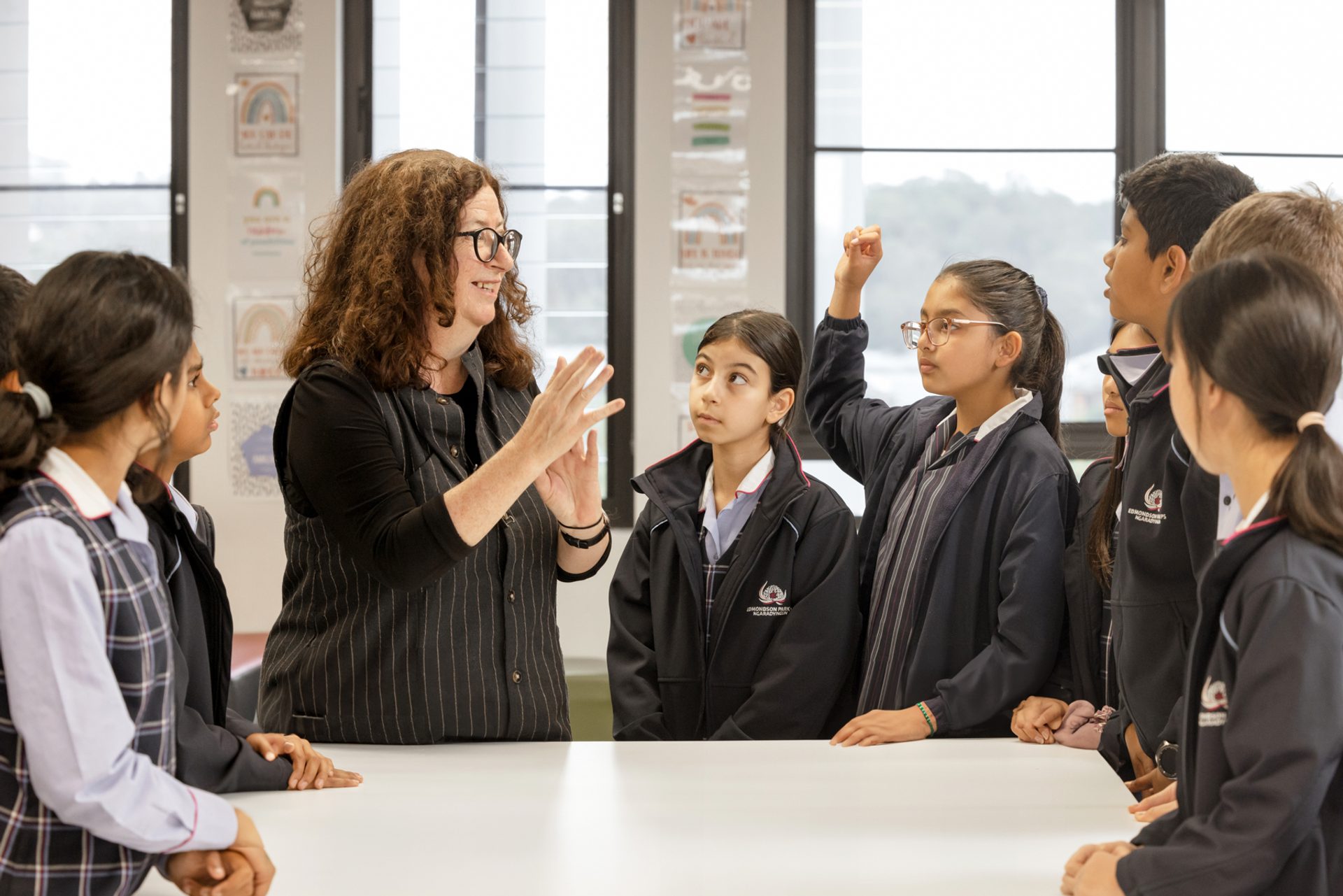
Associate Professor Alice Gorman is a leader in the field of space archaeology and author of the award-winning book Dr Space Junk vs the Universe: Archaeology and the Future. Alice visited three schools in which she delivered a workshop on the Moon. Students worked with Alice to develop a treaty for working on and travelling to the Moon and learnt about orbital debris and satellites.
Leolabs
Leolabs is a company with radar sites in Australia tracking satellites and debris in low Earth orbit. Using space-scanning radars and cloud-based software, Leolabs analyses data on the location of space objects and alerts of potential collisions. In 2020, LeoLabs signed an agreement with SpaceX to support tracking of Starlink satellites during the initial on-orbit phase of missions.

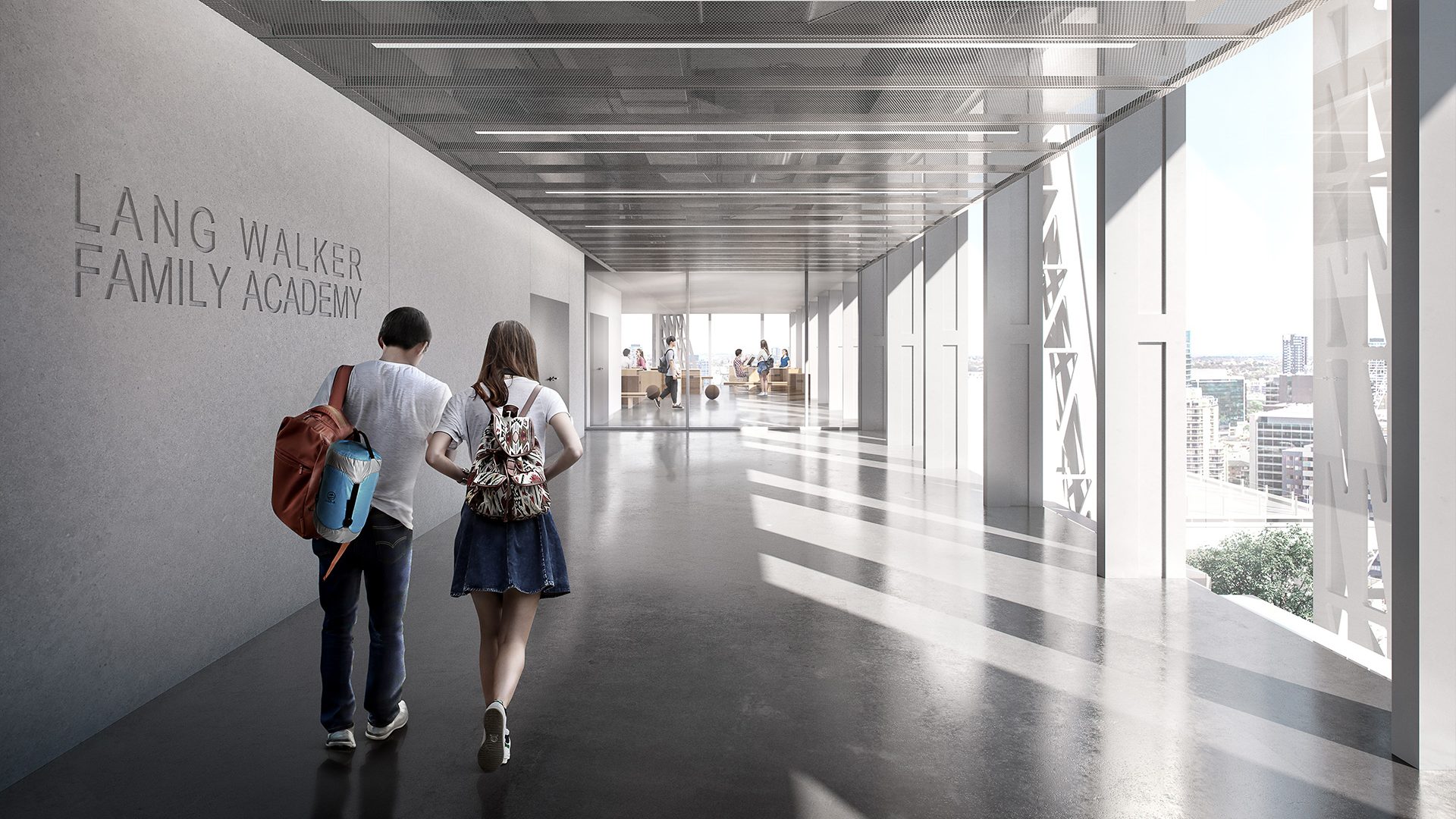
Lang Walker Family Academy
The Walker Family Foundation is the Foundation Partner of Powerhouse Parramatta. Lang Walker Family Academy will deliver STEM experiences for 10,000 students each year.
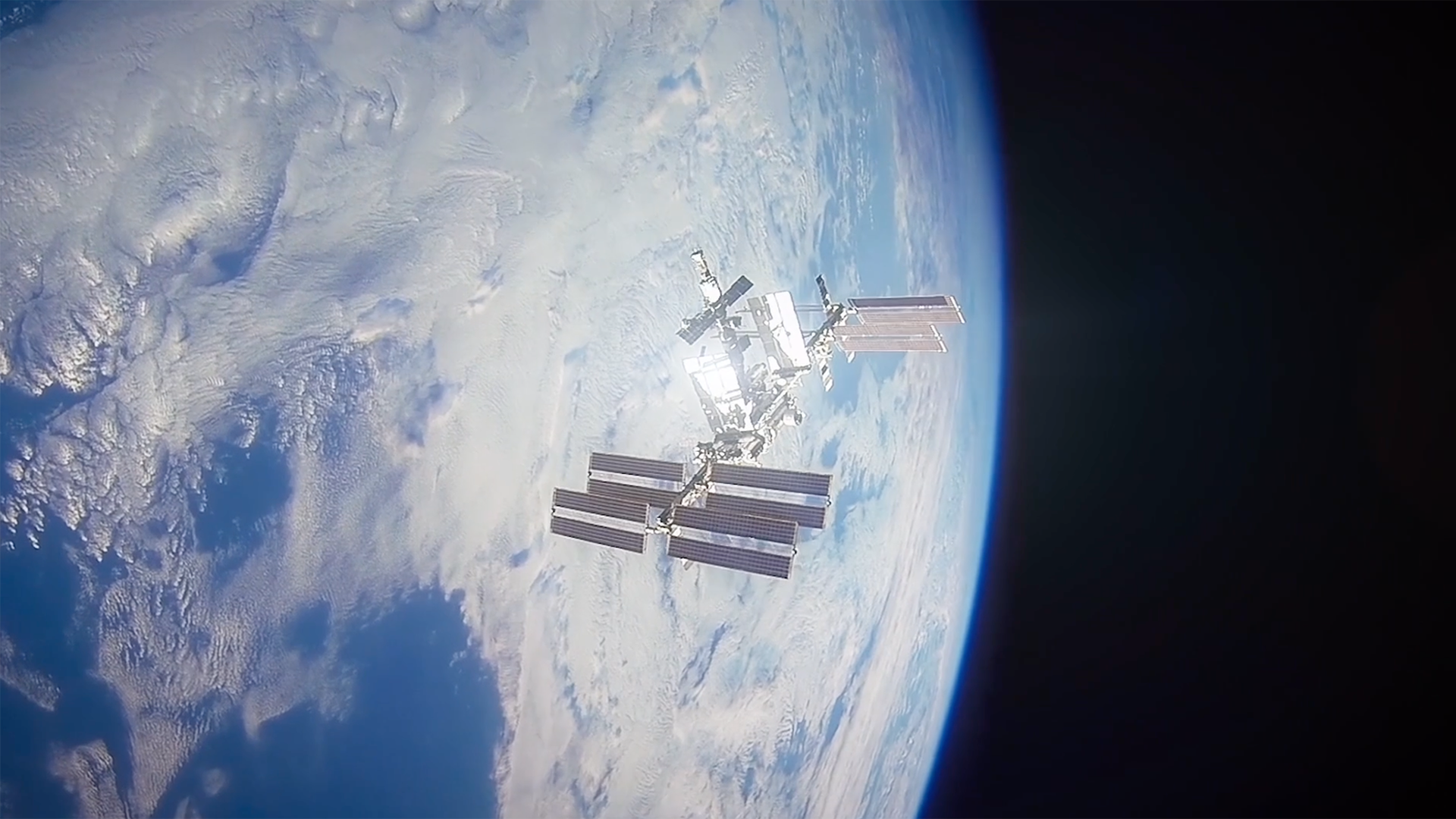
Future Space
The inaugural program for the Lang Walker Family Academy, Powerhouse Future Space will welcome over 10,000 students from Western Sydney and Regional NSW.

















